Heavy Branching
drloyd
10 years ago
Related Stories

DECORATING GUIDESMultipurpose Wonders: Branches
From over the crib to over the kitchen island, these natural rods and racks add an enchanting and functional rustic touch
Full Story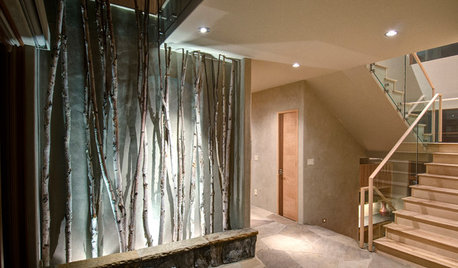
DECORATING GUIDESBranches and Twigs for More Than Just Decor
Think beyond the vase with twigged-out railings, gates, room dividers and more
Full Story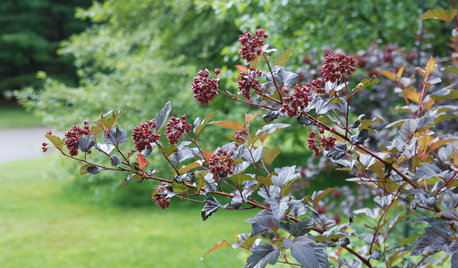
GARDENING GUIDES6 Branches and Berries to Spruce Up Holiday Decor
Bring garden cuttings in from the cold to warm up seasonal arrangements and decorate your home for the holidays
Full Story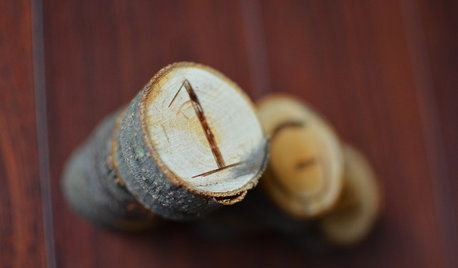
CRAFTS7 Ways to Upcycle a Fallen Tree
When a tree falls, turn its branches into rustic toys, accessories and holiday décor
Full Story
HOLIDAYSHouzz Call: Show Us Your Christmas Tree!
How lovely are your branches? Post a picture and share your stories
Full Story
GARDENING AND LANDSCAPINGWorld of Design: 10 Treehouses to Send Your Spirits Soaring
Join us on an international tour of homes built among the branches (or inspired by them) to delight kids big and small
Full Story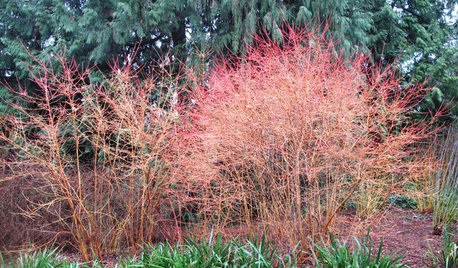
WINTER GARDENINGColor Sparks a Winter Landscape
Try these beautiful winter plants to give your garden pizzazz when most branches are bare
Full Story
ARCHITECTUREThe Bay Window Goes Modern
Square tubes, cantilevered cubes, mixed glass ... new plays on bay windows are boldly branching out in modern architecture
Full Story
Easy Ways to Dress Up Your Home for Fall
Give your interior a warm autumn feeling with branches, leaves and a burst of orange
Full Story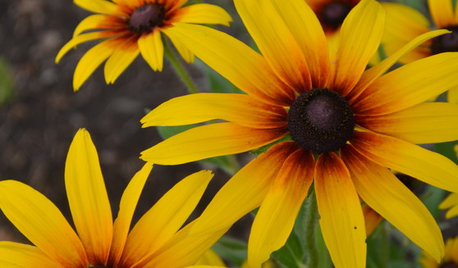
GARDENING GUIDESSouthwest Gardener's July Checklist
Hold on to your hat and prune those tree branches; monsoon season means damage prevention is key
Full StorySponsored






drloydOriginal Author
drloydOriginal Author
Related Professionals
Surprise Landscape Architects & Landscape Designers · Hyattsville Landscape Architects & Landscape Designers · Willowick Landscape Architects & Landscape Designers · Bethlehem Landscape Contractors · Berwyn Landscape Contractors · Cockeysville Landscape Contractors · Haverhill Landscape Contractors · Hickory Hills Landscape Contractors · Hoover Landscape Contractors · Lakewood Landscape Contractors · Mastic Beach Landscape Contractors · Muttontown Landscape Contractors · Welby Landscape Contractors · Aberdeen Decks, Patios & Outdoor Enclosures · Adrian Decks, Patios & Outdoor Enclosureszeedman Zone 5 Wisconsin
drloydOriginal Author